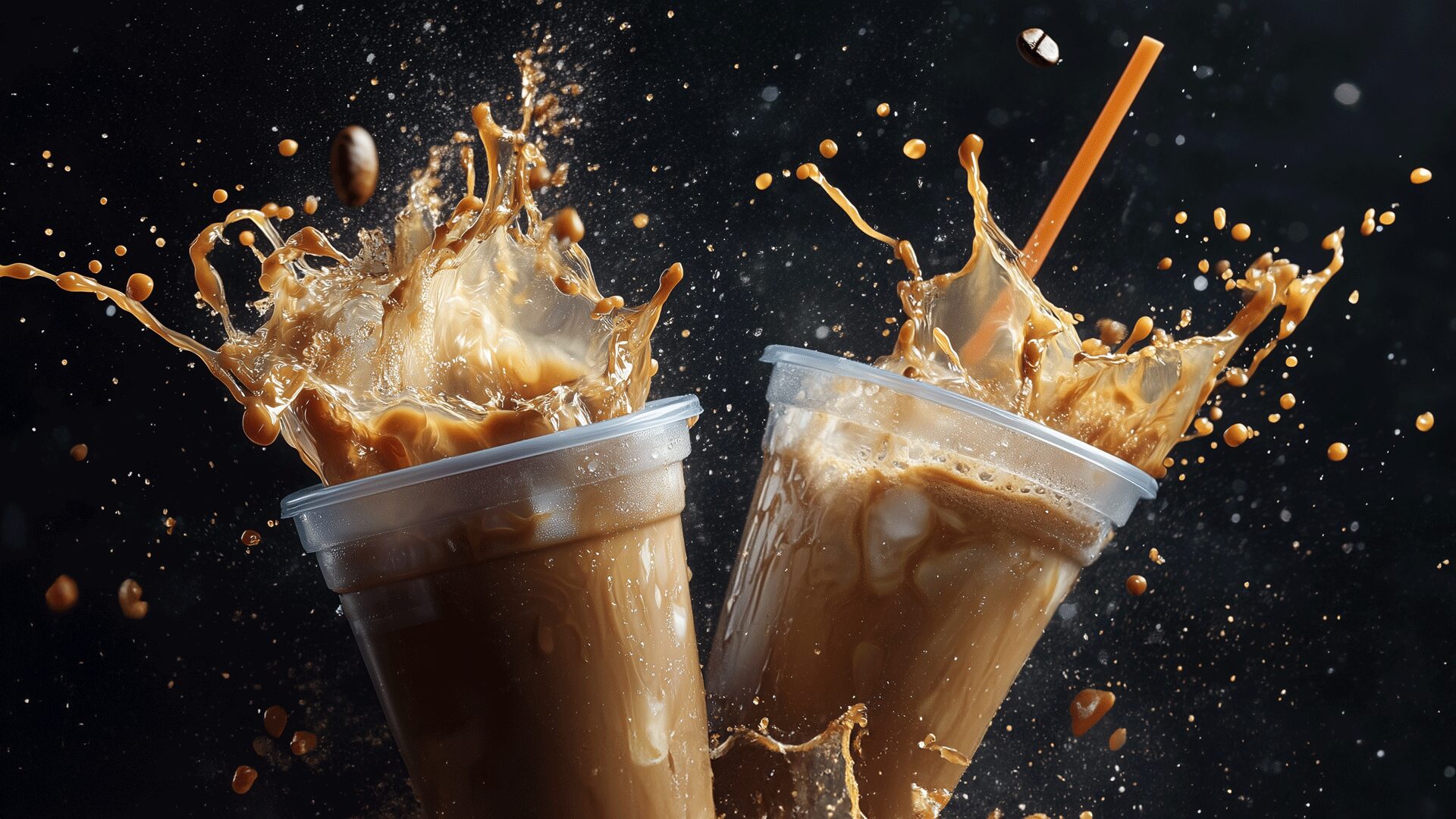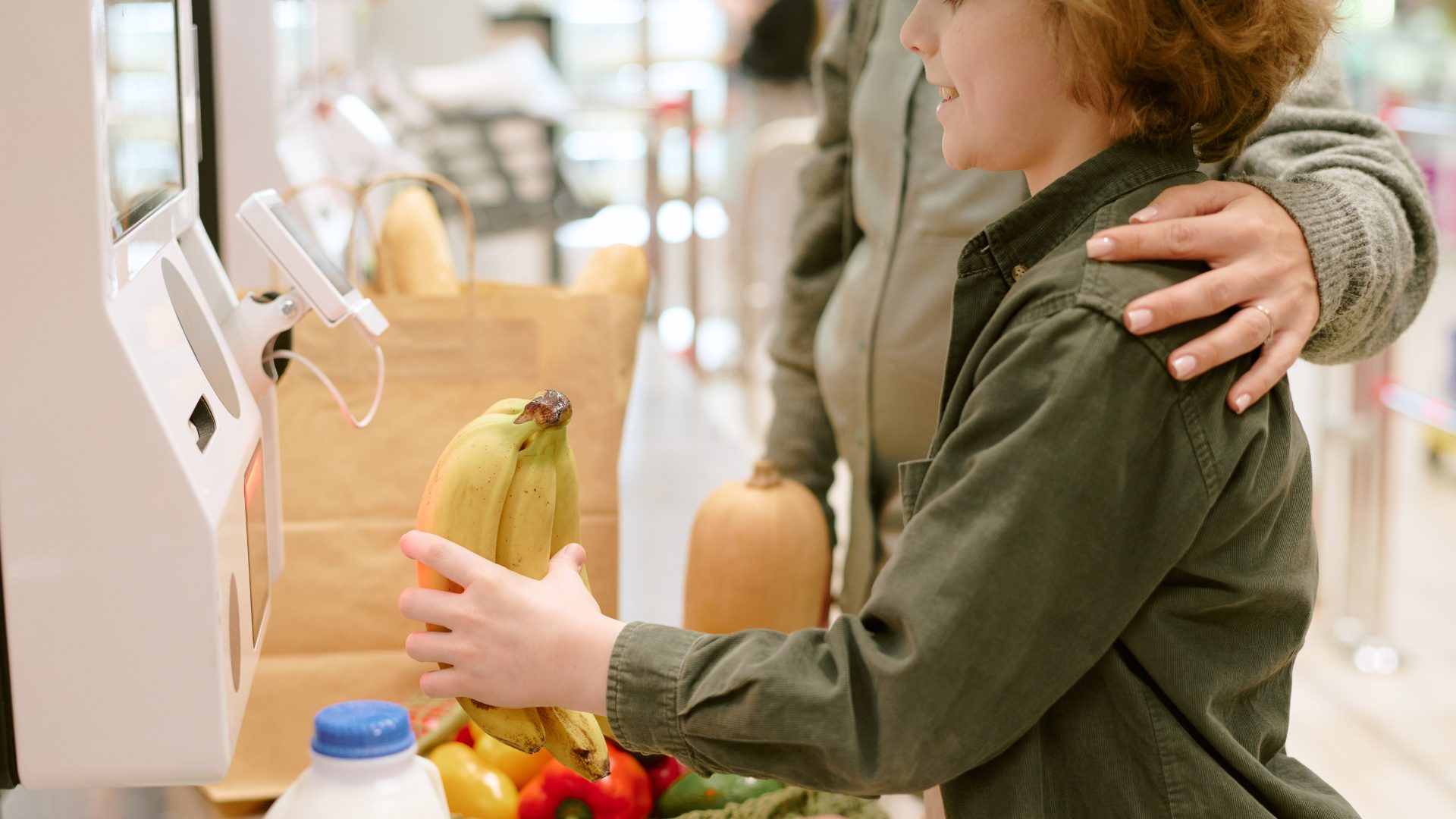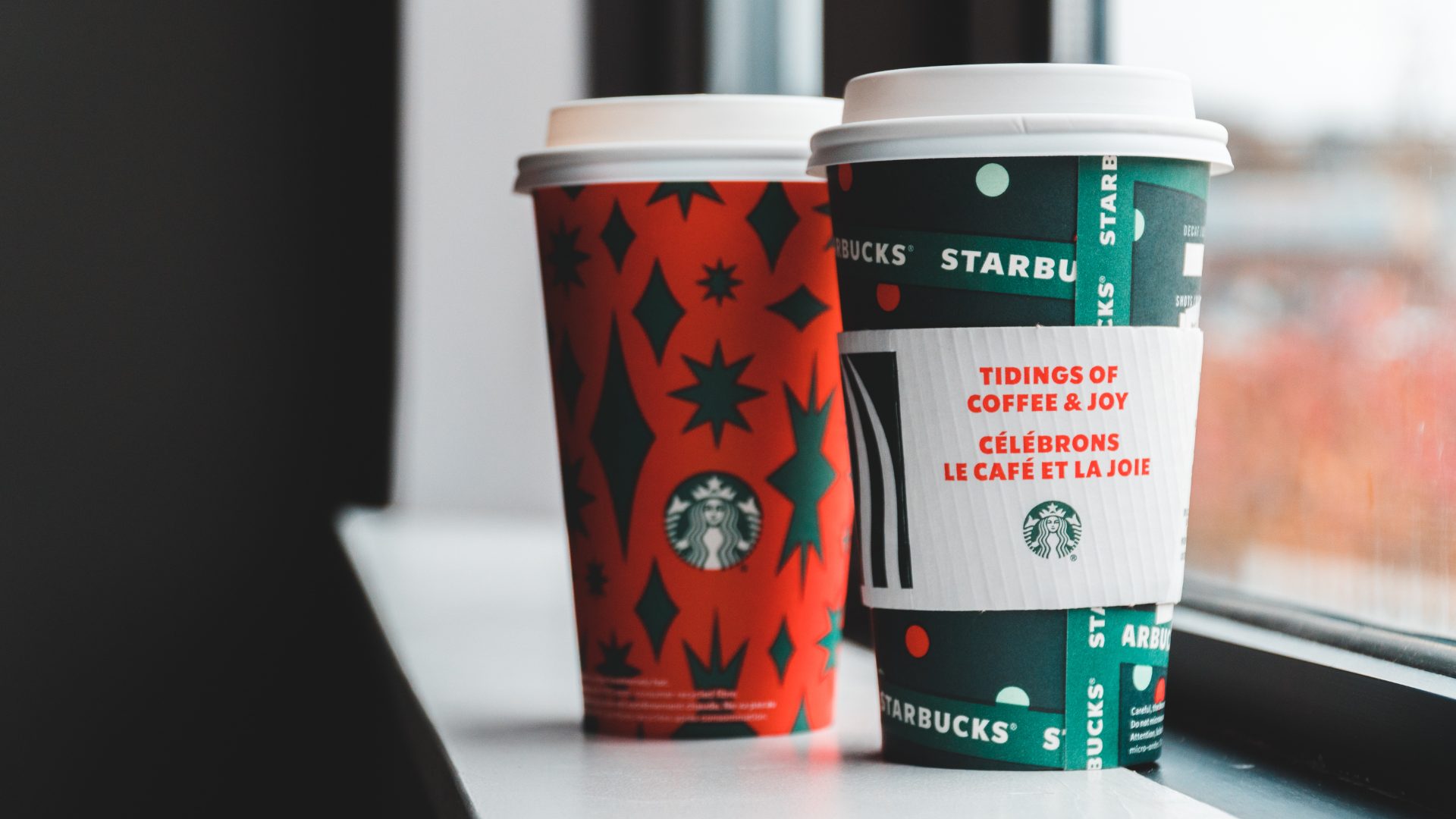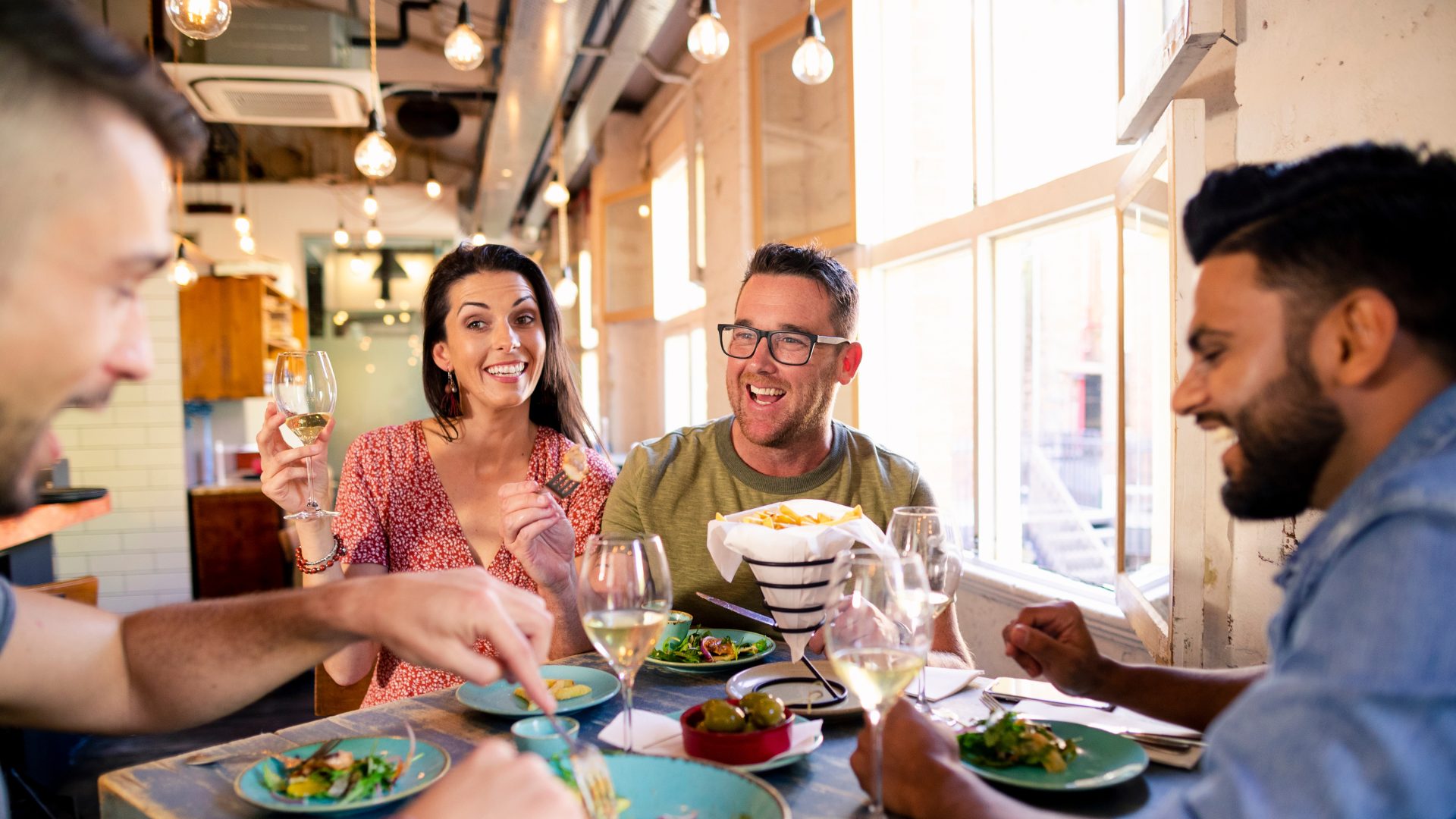In today’s coffee market, you’re going to have to do a lot better than a hot cup of joe to make it. Welcome to the caffeine colosseum, where once-sleepy towns across the U.S. are seeing an unprecedented surge in coffee shops serving up increasingly complicated drinks.
Whether you’re a traditionalist or a fan of funnel cake macchiatos, there’s one winner here: the booming coffee market.
As reported in a recent New York Times article, Odessa, Texas, a town historically known for oil rigs and Friday night lights, has become a frontline in this bold new brewing world. The town boasted 17 coffee and tea spots six years ago. Today, there’s a staggering 55 as major players like Starbucks, Dutch Bros, and the quickly expanding 7 Brew Coffee fight for customers.
It’s a battle taking place in small towns and cities across the country.
“In Texas, almost every community the same size as Odessa is seeing the same thing,” says mayor Javier Joven. “An explosion in what we call the three C’s: Carwashes. Chicken places. And coffee shops.”
A national scene once dominated by Starbucks is now brimming with fierce competition.
Cities like Odessa historically weren’t seen as prime coffee markets – but that’s clearly changing. Other regional chains – like Scooter’s Coffee out of Nebraska, or Ziggi’s Coffee from Colorado – have grown exponentially. Scooter’s has grown to nearly 800 locations, while Ziggi’s now boasts nearly a hundred.
What started brewing in urban centers has spread deep into the heartland.
This frothy expansion can largely be attributed to the rise of iced, syrupy, not-exactly-coffee drinks that Gen Z and millennials like to post to social media. Major players like Starbucks and Dunkin’ now focus heavily on iced beverages – which look less and less like classic black coffee with every share, like, and comment.
These sugary drinks – from macchiatos to pumpkin-flavored energy drinks – are driving sales so much that traditional brews can’t compete. Even Starbucks is feeling it: consecutive quarters have shown declining revenue and a stock price drop of nearly 30% this year, even with 16,000 U.S. locations. The chain has responded by increasing its own iced and energy drink offerings.
Real estate, too, has become another front in this battle, as drive-thrus become essential to the coffee industry.
Drive-thru models are being adopted by chains like Dutch Bros and 7 Brew as they fight over locations once reserved for fast food: the “end cap” positions of shopping centers and the optimal traffic flow they enable.
As this battle brews, it’s clear that America’s caffeine obsession isn’t cooling off soon.
As more chains fight for market share, will all the competition water down the final product? The answer is still percolating.
The Food Institute Podcast
Restaurant results for the second quarter weren’t stellar, but people still need to eat. Are they turning to their refrigerators, or are restaurants still on the menu for consumers? Circana Senior Vice President David Portalatin joined The Food Institute Podcast to discuss the makeup of the current restaurant customer amid a rising trend of home-centricity.












